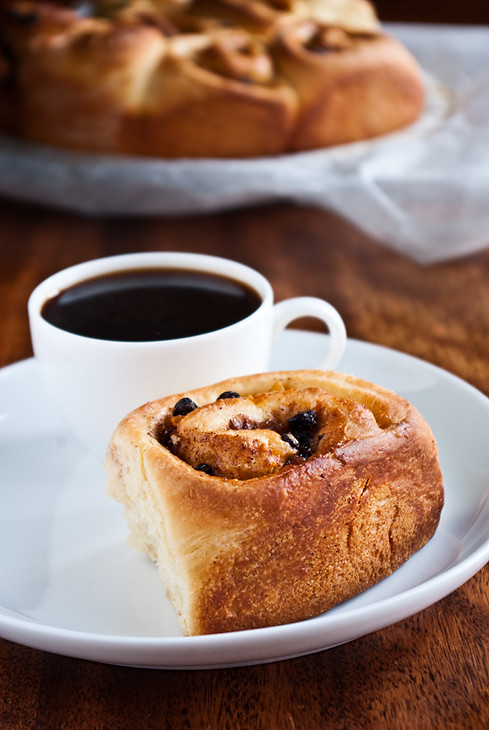The best thing about Christmas is that it gives everyone a good excuse to get together and be merry. There's eating, drinking, chatting, and laughing. Hopefully there's good times had by all. And where there's all these things there's got to be dessert, and where there's dessert, there's me.
I'm always after an excuse to try new recipes, or to make something that feeds more than two people. Whenever I get together with my friends I always look forward to making a bundt cake. As I've said before, I'm not really a fan of fancy iced cake (unless there's mousse involved somewhere). On the whole, I prefer my cakes to be full of nuts and best served with a cup of coffee.
This cake fits the bill perfectly. It's dense but not dry. The fruit throughout adds flavour and texture, and syrup glaze makes it intensely orange-y.
The original recipe called for cranberries but as it was Christmas eve the day I made this cake there were none to be found anywhere. Instead I substituted dates, raisins, walnuts, and fresh red currants. Really you could use anything you like. I found the addition of fresh red currants added am intense bite to to the cake which I enjoyed but the cake would be fine without them. Not everyone has gardening obsessed parents who give them all kinds of free stuff.
The recipe itself is very simple and quick, which is excellent when you've decided you want to make a cake on a whim.
Date, walnut, raisin, & red currant bundt cake
(adapted from )
Makes one 10-12 cup bundt cake
120g (1/2 cup) unsalted butter, at room temperature
100g (1 cup) granulated sugar
2 large eggs
Zest of 1 medium orange
1 vanilla bean, seeds scraped
220g (2 cups) plain flour
1/2 teaspoon baking soda
1/2 teaspoon salt
160ml (2/3 cup) buttermilk
50g (1/2 cup) fresh dates, chopped
50g (1/2 cup) walnuts
40g (1/4 cup) raisins
2 medium sized bunches of fresh red currants, or 40g (1/4 cup) dried cranberries
Preheat the oven to 180°C (350°F). Thoroughly grease and flour a 10-12 cup bundt tin.
In a small bowl, combine the flour, baking soda, and salt. Whisk thoroughly.
Using a mixer fitted with a paddle attachment, cream the butter and sugar on medium-high speed until it is light a fluffy, about 3-5 minutes. Add the eggs, one at a time, beating well between each addition. Add the orange zest and vanilla bean seeds and beat until well combined.
Reduce the mixer to low, add half the flour mixture and mix until just combined. Add half the buttermilk and continue to mix until combined. Add the remaining half of the flour, and then the buttermilk. Remove the bowl from the mixer and fold in the dates, walnuts, raisins, and currants.
Spoon the batter into the prepared pan. Bake for 40-45 minutes, or until a skewer inserted into the centre comes out clean. Let the cake cool in the pan for about 10 minutes, then invert it onto a rack and let it cool for at least 20 minutes before glazing. Once cool, transfer the cake to a serving plate.
Orange Glaze
130g (1 cup) icing sugar
125ml (1/2 cup) freshly squeezed orange juice
1 tablespoon grated orange zest
For the glaze, combine the ingredients in a small pot over low heat. Whisk the glaze until the sugar has dissolved then pour glaze over cake. Serve at room temperature.







































